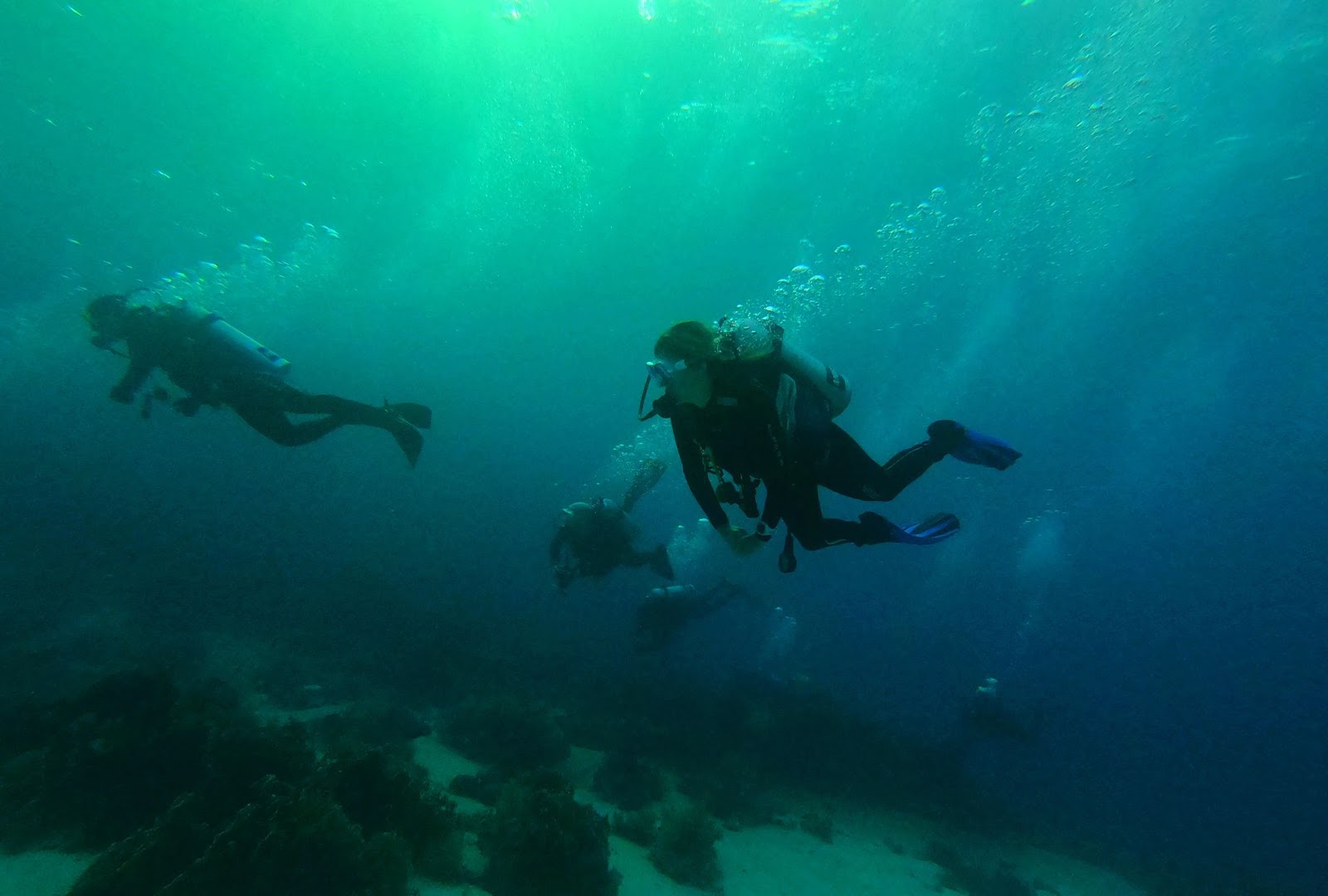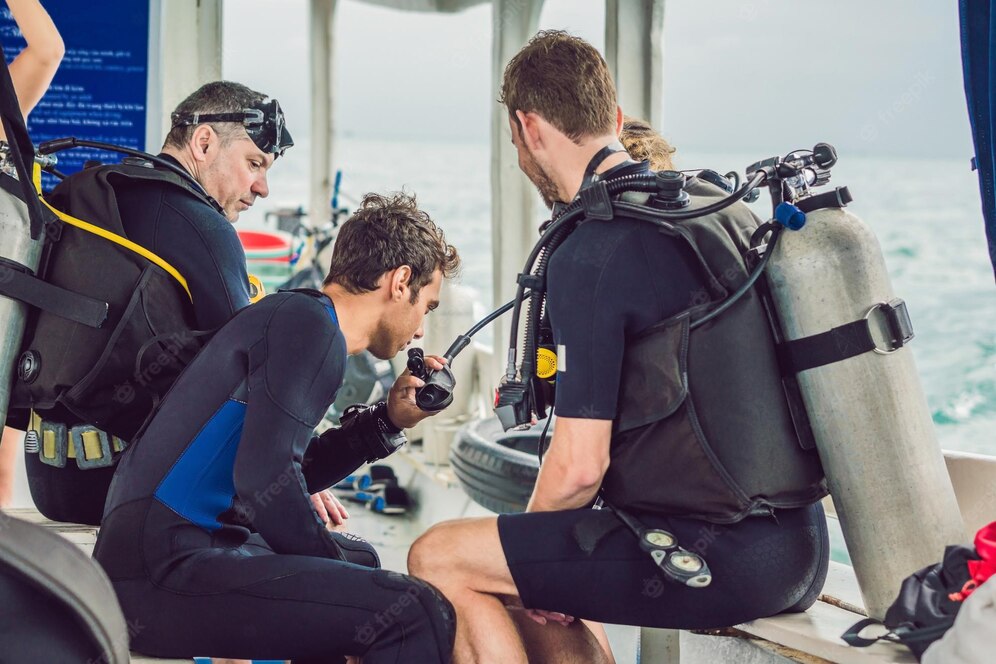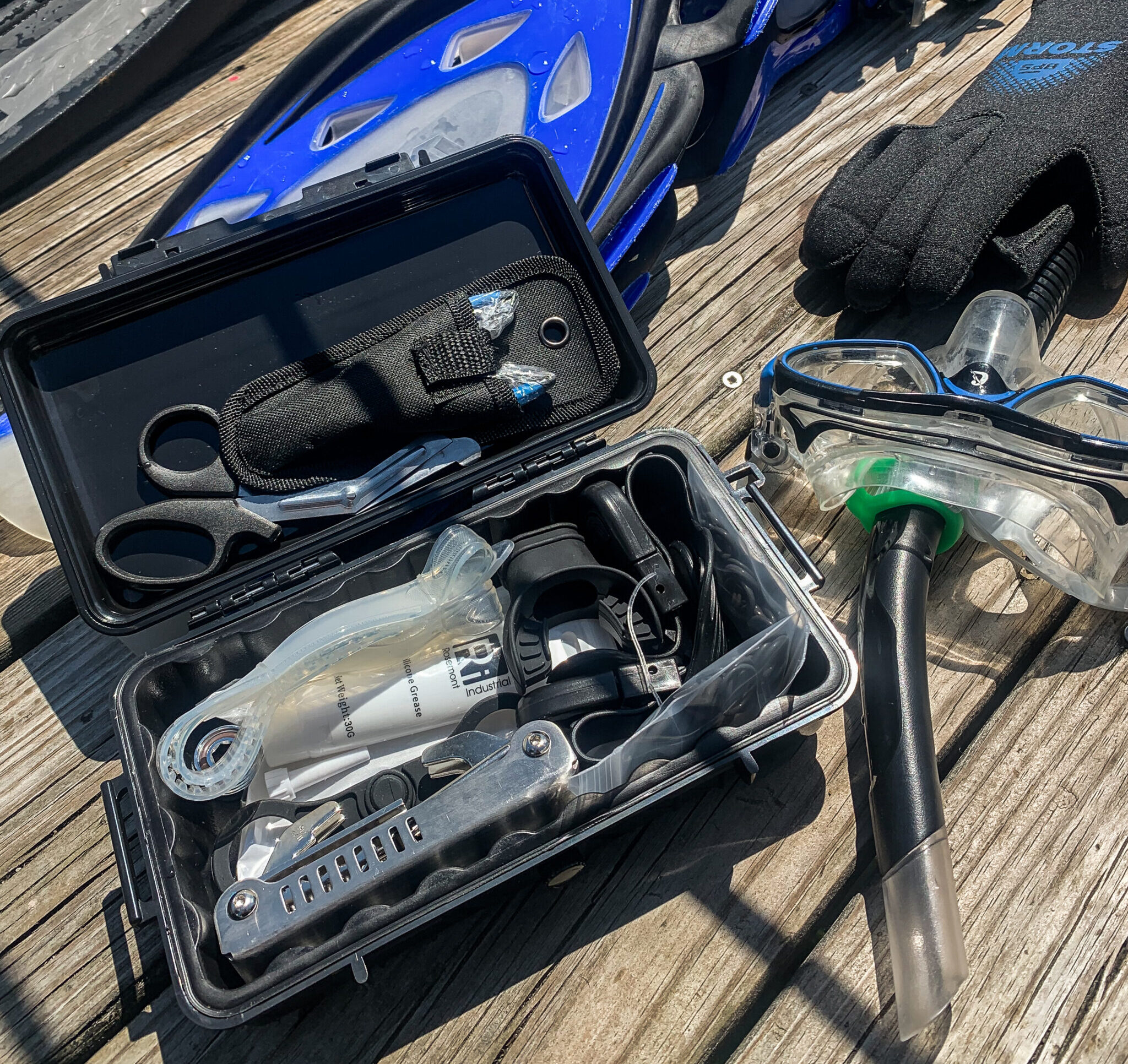How to Choose the Right Scuba Clips

- July 16, 2022
- , 12:19 am
How to Choose the Right Scuba Diving Clips for Your Scuba Gear
When you’re scuba diving, it’s important to be organized and focused, ensuring your gear is properly connected with the right clip is the first step. Well-organized and streamlined gear will help you stay safe while underwater, and will prevent you from losing any important pieces of your kit. There are many different types of clips available, so divers can choose the ones that best fit their needs.
In this article, we’ll discuss the different types of clips available for scuba diving, and we’ll provide tips on how to choose the right ones for your gear.
What are clips for scuba diving and what do they do?
Clips are used to hold gear in place while scuba diving. They can be used to attach tanks, BCDs, masks, flashlights, reels, cameras and other pieces of equipment to you while you are scuba diving. Ensuring that you have the right clips, coupled with proper clip positioning is incredibly important to ensuring a safe and enjoyable dive. Proper placement of diving gear clips helps keep you organized, and streamlined and prevents the loss of gear or entanglement while scuba diving. When choosing clips, consider the type of gear that will be attached and the size and weight of the clips along with the environment in which you will be scuba diving. Finally don’t forget, that it is also important to test the clips before using them in water, you want to make sure that they are fully operational (i.e. not corroded or broken / in poor condition) but also accessible with the equipment you plan to dive with.
The right clips for the right gear
Before selecting a clip think about the type of gear the clip will be attached to – will the clip be holding a spool or a reel? Are you planning to use the clip to hold a camera? Will your clip connect your SPG to your BCD? Planning to use a clip to connect or stage an extra tank? There are so many different types of gear that you want to keep connected to you while scuba diving but not all clips are great for each accessory/piece of equipment.
The different types of scuba clips available
There are many different types of scuba clips available on the market. When choosing scuba clips, it is important to consider your specific needs and preferences as a diver. Each and every clip has its own advantages and disadvantages know the options along with the pros and cons of each clip style will help you customize your dive gear and ensure your comfort and safety. Depending on the type of gear/accessory you looking to attach or the weight of the item you will want a different type of clip to suit your needs.
Bolt Snap clips:
These clips are made of metal and have a bolt closure that helps them stay closed. This type of clip is typically considered the gold standard for scuba diving. Bolts snap clips do not come with the problems and risks associated with many of the other clip styles. They are durable and can hold a lot of weight, making them ideal for heavier pieces of gear. Bolt snaps have a wide variety of styles and sizes. The size of the clip you choose will also depend on the type of diving you plan on doing. Here is some additional information on clipping techniques for bolt snaps. Key bolt snap styles are listed below, but not there are many many variations from narrow, to chunky and short to long:
- A swivel eye bolt snap – which is a single-ended bolt snap any topically a ring connected to a swivel with a metal loop or ring of various sizes. This type is most often used to connect pieces of gear like a flashlight, SPG, or a SMB to your BCD. Usually, a small string loop is used to connect the gear to the ring of the bolt snap which is then clipped to you.
- Another common style is the doubled-end bolt snap that is used to link 2 items together they contain a bolt snap at either end. These double-ended bolt snaps are great for cases where you have an item that already has a loop/connection point to your BCD – like a reel, some other lanyard, a SPG that has a built-in connection point or anything that you may want to fully detach from you at some point during your dive.
Spring / Trigger / Lobster Clips:
These clips are made of metal and have a lobster-claw mechanism that helps them stay closed. They are heavy-duty and can hold a lot of weight, making them ideal for larger pieces of gear. These types of clips are very similar to a swivel eye bolt snap where they have a clip portion that is spring-loaded and has a trigger / pulls to open and then springs shut. The other end usually has a loop that you can use to connect to your scuba diving accessory (again usually with a little piece of string).
Plastic Clips:
We see this type of clip everywhere on a BCD, it typically is used to connect your main belt, and fasten your shoulder straps across your chest. These are extremely easy to fasten, as it’s just a push and a click. However, disconnecting can be a little troublesome with gloves and if pulled at a slight angle while releasing one side can
cause them to jam. Another downfall is that they are not as durable as metal clips and over time the plastic fatigues which cause them to break.
Velcro clips:
These clips are made of fabric and have a Velcro closure that helps them stay closed. They are lightweight and can be easily attached or removed from gear. These are great for items that you would like to keep secure but may need to pull off quickly, need to tear away (like an octo), or will want to extend from a lanyard but keep close when not in use.
Carabiner clips:
These clips are made of metal and have a snap-closure mechanism that helps them stay closed. They are lightweight and can be easily attached to gear. When choosing the right type of clip for your scuba gear, it is important to consider the type of diving you will be doing. The greatest issue with these types of clips is the latch/gate opens inwards and is spring loaded – so it ensures that it stays connected to what it latches on to. However, this feature is also a massive risk because the opening is wide and spring-driven it can easily catch on to things and cause entanglements. As a result, these are often referred to as ‘suicide clips’ or ‘widow makers’. The easy-to-clip, large opening features central to their design also make it difficult to unhook an item since the latch/gate comes inward and blocks the path to disconnect the item which is the biggest drawback to using this clip in diving.
Butterfly Clips:
These clips are typically made of metal and have a butterfly-shaped closure that helps them stay closed. They are lightweight and can be easily attached or removed from gear. Many times they are styled like a swivel eye-bolt snap. These clips bring a completely new problem to the mix, the ease of accidentally clipping themselves to objects (mainly line and rope). The V entry of the jaws makes it extremely easy for an object to make its way into the jaws without the diver knowing.
The right clips for the right environment
When choosing clips for your scuba gear, it is important to consider the type of diving you will be doing. If you plan on doing a lot of diving in areas with strong currents, you will need to choose clips that can hold a lot of weight and keep gear close to you for added efficiency. Another item to consider is the environment, is there a lot of fishing line/netting around? or Is it wide open? The environment will make a big difference in what type of connector you choose. Things to consider also include your ability to access the bottom if you drop something. In cases where there is no visible or accessible bottom, you want to attach items like cameras and flashlights with retractable coils or lanyards that give you reach but keep the item securely connected to you.
It is important to choose a clip that is large enough to hold the item you are attaching securely without being too bulky or resulting in ‘danglies’ which will create entanglement risks, potentially cause the item to injure fragile reefs, or damage expensive or sensitive equipment as a result of dragging or hitting features in the environment.
Finally think about what other gear you are wearing, in cold environments you often have gloves, hoods, or other items to keep you comfortable. This additional gear can make it harder to use clips with small triggers or loops. Think about what else you may be wearing when you select the right clip type and clip size for your dive.
Tips on using clips to stay organized while diving
When diving, it is important to stay organized and focused. One way to do this is by using clips to hold your gear in place. This will keep you from losing any important pieces of equipment and will help you stay focused on your dive. Here are a few tips on using clips to stay organized while diving:
#1 – No Metal to Metal or Plastic to Plastic connections
One very important tip when selecting your clips is to ensure there is no metal-to-metal, or plastic-to-plastic connections – everything should be able to be cut away. This is a critical safety concern since if an object you’re connected to with a clip becomes caught or wedged and you can’t remove it (damaged or clogged), you must be able to cut it free it without damaging your BCD/Harness.
#2 – Keep your buddy close and your gear closer – think in 3 dimensions
Remember when diving a lot of your time will be horizontal. Connecting items to your BCD while on shore will keep everything streamlined but you will oftentimes need a second attachment point to keep everything streamlined and prevent dangerous dangling. USe string loops or rubber bands / inner tubes to hold items snug to you.
#3 – A pocket loop
Create a loop that is connected to your BCD pocket and clip gear to this loop that way when pulling one of the multiple items out of your pocket you eliminate the risk of losing an item as it will be securely attached to you.
#4 – Test your clips before entering the water
Make sure you can activate your clips using your gear. But also older clips can get gummed up over time from residue, corrosion, or lack of use. So check them out and make sure they are in good condition before you head out.
#5 – Use multiple clips if necessary
If you have a lot of gear, you may need to use multiple clips to keep everything securely in place. Don’t overload any single clip but also think about use cases where a clip on each end may be better or create a more useful connection.
Final thoughts on clips for scuba diving
Clips are an important piece of scuba gear that can help divers stay organized and focused while diving. There are many different types of clips available, so it is important to choose the ones that best fit your needs. When using clips, it is important to be aware of your surroundings and the potential hazards that may exist. Make sure you have easy access to your clips so you can use them when needed. Practice using your clips before diving so you know how they work and can use them safely underwater. With the right clips, you can keep your gear in place and focus on enjoying your dive.
Have you ever used clips while scuba diving? What tips do you have for using them safely and effectively? Let us know in the comments below.
Learn more about securing your accessories with string and eliminating metal to metal connections
Share With Friends
Related Post

10 Items Every Beginning Scuba Diver Must Have
Find out the top 10 items and accessories we recommend that every beginning scuba diver has as part of their scuba gear.

Why you need a save-a-dive kit
You cannot prevent all equipment failures you can make sure


 BY ROSEMONT INDUSTRIES
BY ROSEMONT INDUSTRIES